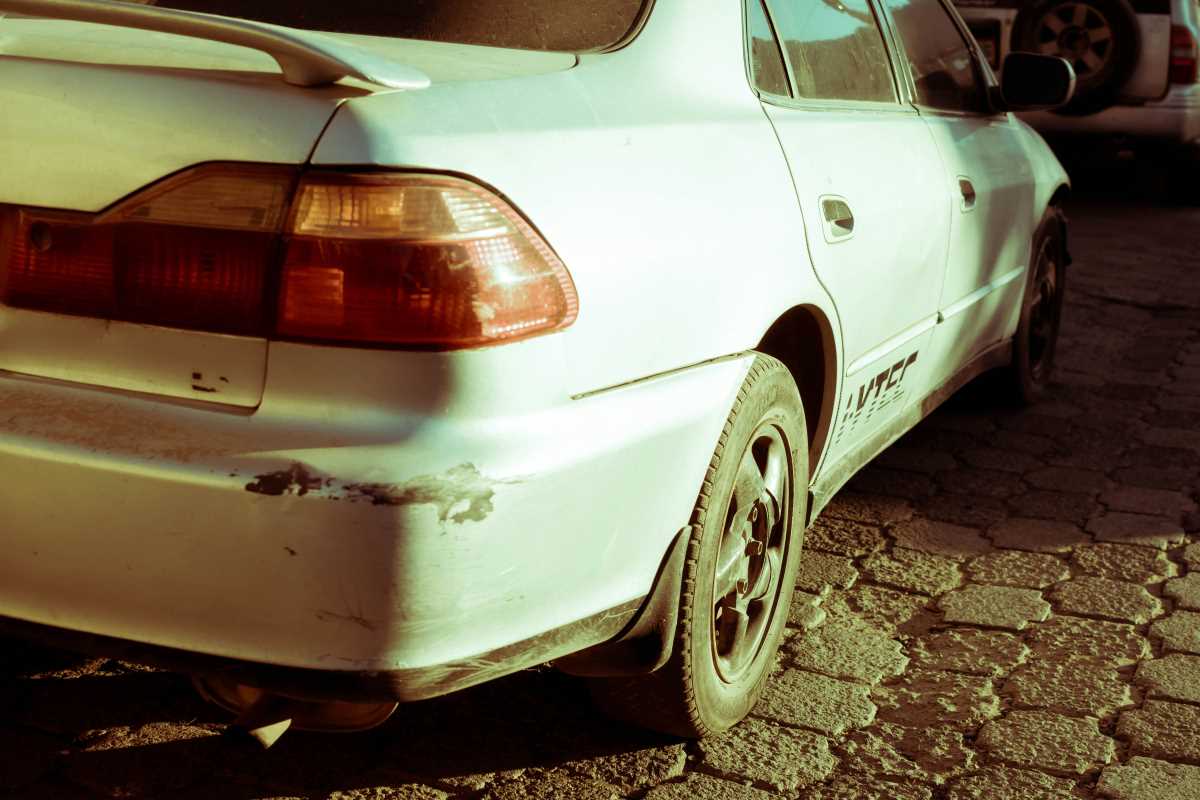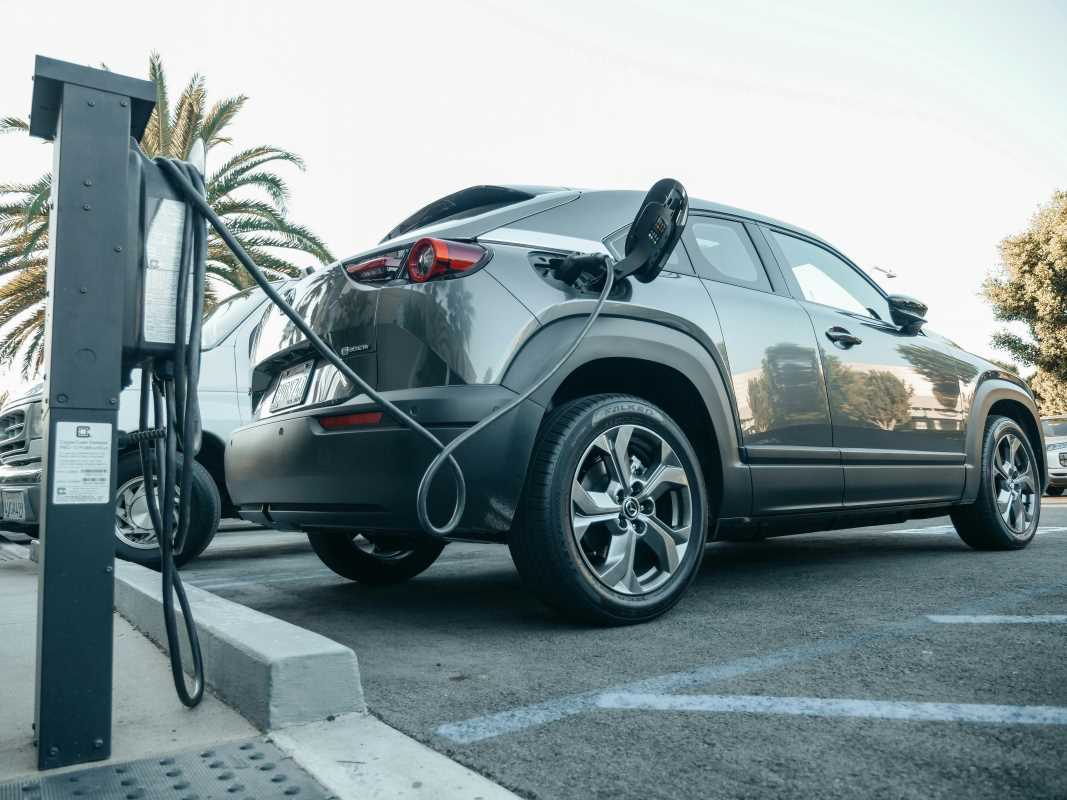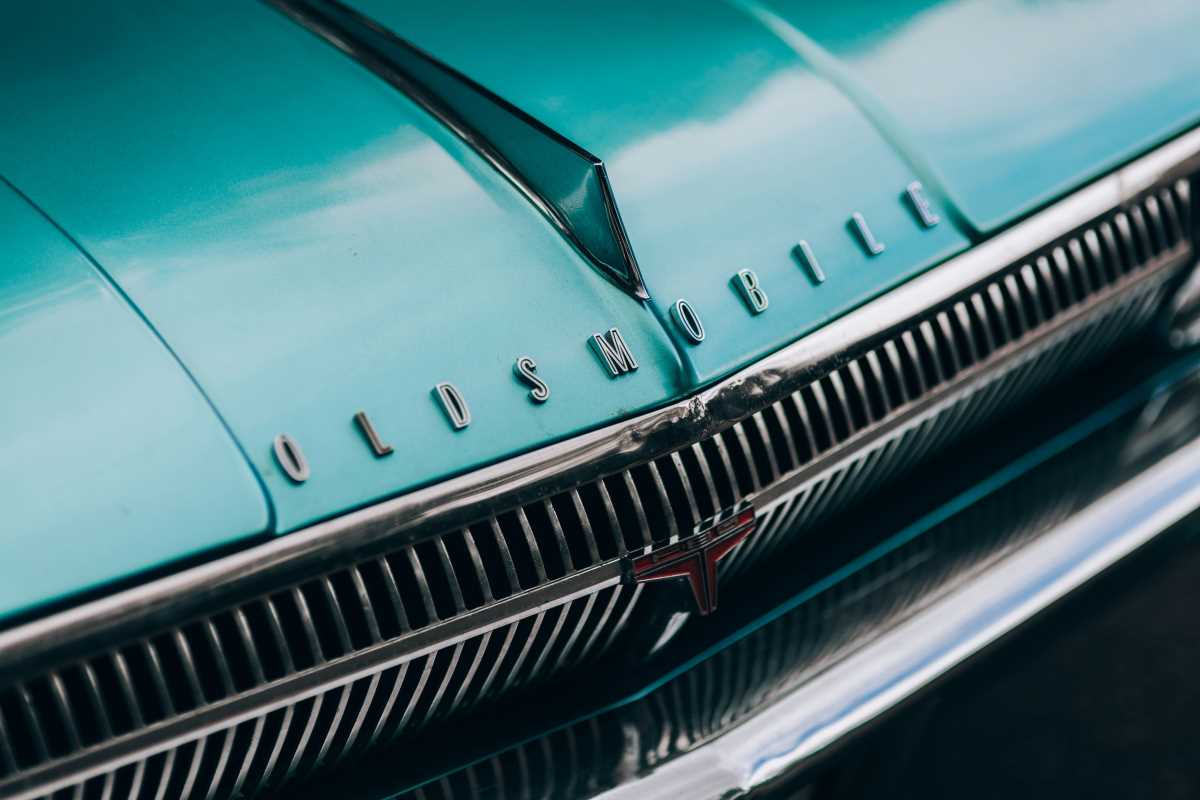Buying a used vehicle can be a savvy financial move, but it also comes with a bit of risk. Beneath that shiny exterior could lurk hidden damage that might not reveal itself until your wallet is wincing at the repair bills. A little detective work can go a long way in ensuring you’re buying a dependable ride, not a lemon disguised as a sweet deal.
The good news? Spotting hidden issues isn’t as intimidating as it sounds. With a cautious approach, a sharp eye, and a willingness to ask the right questions, you can uncover potential red flags and ensure your purchase is worth every penny. Here's how to uncover what sellers might not want you to see.
Inspecting the Exterior Like a Pro
Start by giving the car’s exterior your full attention. Sure, it might gleam like it belongs in a showroom, but not everything that shines is gold. A fresh paint job is nice unless it’s hiding past collision damage. Look closely for inconsistencies in the paint’s color, texture, or sheen across different panels.
Run your hand gently along the edges of doors, hood, and trunk lids to check for uneven spacing or misaligned panels, which could indicate previous repairs. Also, don’t shy away from crouching down to inspect beneath the car. Rust, dents, or signs of patched-up metalwork can point to water damage or accidents that weren’t disclosed.
And then, there’s everyone’s favorite spot to miss, under the wheel wells. Mud can hide a world of problems, including rust that’s just waiting to spread. A little dirt is no big deal, but extensive rust? That’s another story.
Diving into the Interior Details
The inside of the car may not seem like a likely spot for hidden damage, but it can offer valuable clues about the vehicle’s history. Start by sniffing around. Odd smells could indicate previous flood damage or long-term mold issues. If it smells like moldy gym socks after a rainstorm, your instincts should tell you to dig a bit deeper.
Inspect the upholstery for tears, significant wear, or stains. Water stains on the roof liner or carpet can be a dead giveaway for leaks or flooding. Don’t forget to peek under the floor mats. It’s one of the easiest places for water damage to hide, and a musty smell underfoot is a pretty big red flag.
Electronics are another area you’ll want to put to the test. Check all the buttons, lights, and displays to ensure they’re functioning correctly. Electrical issues could be a sign of past flooding, and they’re notoriously expensive to fix. Trust us, “quirky” electronics lose their charm really fast when the repair bills roll in.
The Importance of the Test Drive
Never, and we mean never, skip the test drive when shopping for a used vehicle. This is your chance to listen, feel, and experience how the car performs in real-world conditions. Start the engine and pay attention to how it sounds. Any loud bangs, excessive ticking, or suspicious hesitations could mean trouble.
While driving, make note of how the vehicle handles and accelerates. Does the steering feel responsive? Does the transmission shift smoothly, or does it jerk and lag? Don’t be afraid to test the brakes a few times. They should feel firm and responsive, not squishy or noisy.
Listen carefully for squeaking, grinding, or knocking noises while the car is in motion. These sounds often hint at underlying issues with the suspension, brakes, or even the drivetrain. Your ears are your greatest asset during a test drive, so don’t blast the radio while you’re sizing up your potential new ride.
Common Red Flags That Demand Closer Inspection
Not all hidden damage is, well, hidden. There are plenty of obvious signs that still might go unnoticed if you don't know what to look for. Here's a quick list to guide you during your next used car hunt:
- Scratches or scuffs in obscure places, like under bumpers or rocker panels
- Mud or debris in strange spots, potentially indicating recent flood exposure
- Tires with uneven wear, which can point to alignment issues or suspension damage
- A cracked windshield or mismatched headlights, which could suggest a hasty repair job
- Fluids leaking beneath the car, whether it’s oil, coolant, or transmission fluid
- Sagging doors or hinges that don’t move smoothly, often hinting at prior structural damage
Uncovering even one of these issues doesn’t mean you should automatically walk away, but they do warrant deeper questions. And if the seller seems evasive? That’s your cue to reconsider.
Checking Maintenance Records and the VIN
One of the easiest ways to spot hidden damage is by taking a closer look at the car’s history. This is where the vehicle’s maintenance records and its Vehicle Identification Number (VIN) can become your best friends.
Good sellers will have detailed maintenance records showing that the car has been regularly serviced. Gaps in the history, or a complete lack of documentation, could mean neglect, skipped repairs, or even a deliberate omission. Don’t hesitate to ask for receipts or proof of service.
The VIN, meanwhile, unlocks a treasure trove of insights. By running the VIN through online services like Carfax or AutoCheck, you can uncover a vehicle’s accident history, past ownership, and even recall notices. If the car looks pristine but has had multiple owners in just a few years, it might be worth asking why.
Bringing in a Trusted Mechanic
Even the savviest car buyers might miss subtle signs of hidden damage. That’s where a trusted mechanic comes into play. Before committing to any purchase, consider paying a mechanic to conduct a pre-purchase inspection. For a relatively small fee, they’ll carefully assess the car’s condition and spot issues that might escape the average buyer’s notice.
A good mechanic will provide a detailed report, highlighting anything from leaking gaskets to worn brake pads. Armed with this information, you’ll have a much clearer picture of what you’re buying and whether it’s worth the asking price.
Negotiating with Confidence
Discovering hidden damage doesn’t mean the deal is off the table. It does, however, arm you with the power to negotiate. Bring up any issues you’ve found and use them as leverage to lower the price. Pointing out the cost of repairs or potential problems can help you reduce the asking price to a more reasonable figure.
Be firm but polite during negotiations. A seller worth dealing with will appreciate your research and respond reasonably. If they become defensive or dismissive, don’t hesitate to walk away. There are plenty of other cars on the market, and patience could save you thousands in the long run.
Protect Yourself for the Future
Even if the car passes your inspection with flying colors, hidden damage can still pop up after the purchase. To protect yourself, look into extending the warranty or purchasing additional coverage. Many third-party services offer plans specifically for used vehicles, covering things like engine failure or transmission repairs.
Additionally, always get everything in writing. Whether it’s promises about repairs or guarantees on condition, make sure all agreements are documented before you finalize the deal. Verbal assurances are great, but they don’t hold up nearly as well as a signed contract when issues arise later.
 (Image via
(Image via





